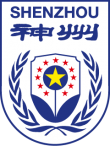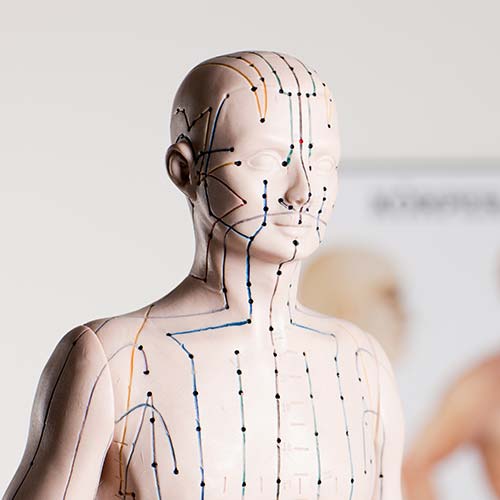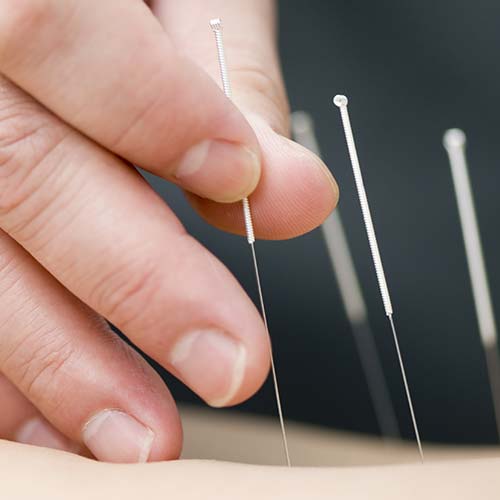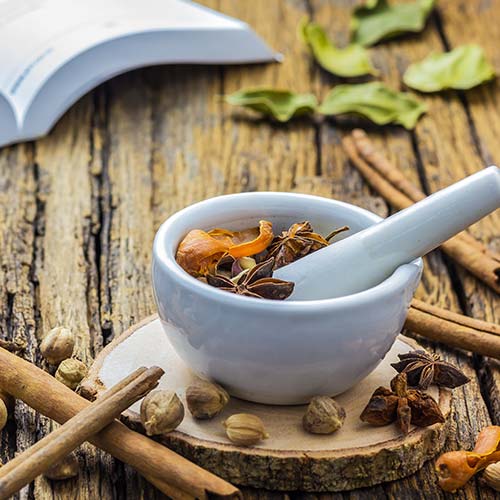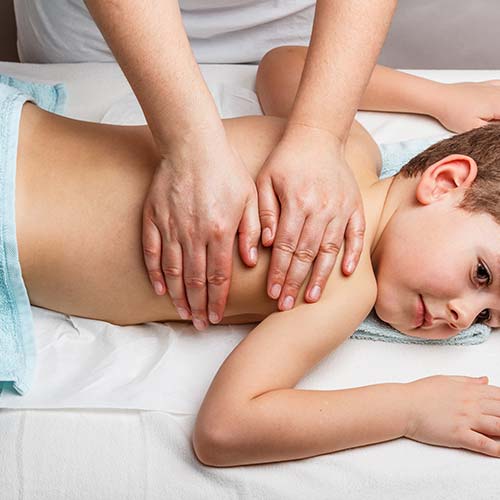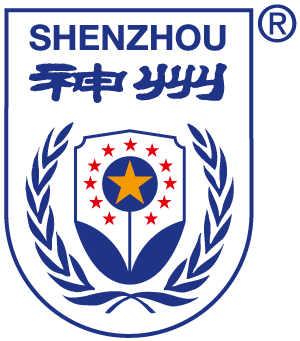Five Elements Acupuncture (Dutch)
27 & 28 September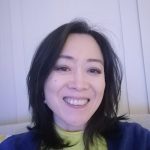 Mei Long
Mei Long
(This seminar will be in Dutch)
Five Element Acupuncture is a self-contained, independent classical school of acupuncture.
Core theoretical principle: Every person possesses all Five Elements, but one element is inherently dominant. This inborn and lifelong dominance is the primary factor governing health and disease.
Diagnosis and treatment revolve around the Five Elements: Wood, Fire, Earth, Metal, and Water.
Unique diagnostic skill (Element assessment): Relies entirely on sensory cues rather than symptoms.
Treatment is simple, with gentle stimulation, yet yields profound results. It addresses both body and mind through a holistic approach, and places particular emphasis on the therapeutic relationship – valuing the attitude, awareness and perceptiveness of practitioners as well as patients.
NL
Vijf Elementen Acupunctuur is een op zichzelf staande, onafhankelijke klassieke school van acupunctuur.
Kernprincipe van de theorie: Iedere persoon bezit alle Vijf Elementen, maar één element is van nature dominant. Deze aangeboren en levenslange dominantie is de primaire factor die gezondheid en ziekte beïnvloedt.
Diagnose en behandeling draaien om de Vijf Elementen: Hout, Vuur, Aarde, Metaal en Water.
Unieke diagnostische vaardigheid (Elementbeoordeling): Vertrouwt volledig op zintuiglijke waarnemingen in plaats van op symptomen.
De behandeling is eenvoudig, met zachte stimulatie, maar levert diepgaande resultaten op. Zij richt zich zowel op lichaam als geest via een holistische benadering, en legt bijzondere nadruk op de therapeutische relatie – waarbij de houding, het bewustzijn en het inlevingsvermogen van zowel de behandelaar als de patiënt worden gewaardeerd.
 Mei LongMei Long studied in China and has about 30 years’ clinical experience in traditional Chinese medicine. Trained by Nora Franglen, she has specialized in Five Element Acupuncture (5EA) and was the first person to take it back to China, where it had been lost.
As vice president of the China Five Element Acupuncture Society, Mei Long has been engaged in running seminars and training acupuncturists in China over the last ten years.
Since 2003 Mei Long has run her own practice in classical Chinese medicine in Leusden in the Netherlands, where she receives patients from all over the world.
Mei LongMei Long studied in China and has about 30 years’ clinical experience in traditional Chinese medicine. Trained by Nora Franglen, she has specialized in Five Element Acupuncture (5EA) and was the first person to take it back to China, where it had been lost.
As vice president of the China Five Element Acupuncture Society, Mei Long has been engaged in running seminars and training acupuncturists in China over the last ten years.
Since 2003 Mei Long has run her own practice in classical Chinese medicine in Leusden in the Netherlands, where she receives patients from all over the world.
Price
Student discount
Shenzhou student: 15%
External TCM student 5%
(Limited places available for students)
Please see the payment and registration conditions for seminars in the registration form.
Accreditation
- NVA AT, Zhong Cat.1-14 NAP's, NWP, LVNT, VBAG, TCMned
Dates & Time
10 am – 17 pm (1 hour break)
Location
Geldersekade 67, 1011 EK Amsterdam
Language
Levels of experience
- Acupuncturist
- Acupuncturist, or final year student
Number of participants
More TCM seminars
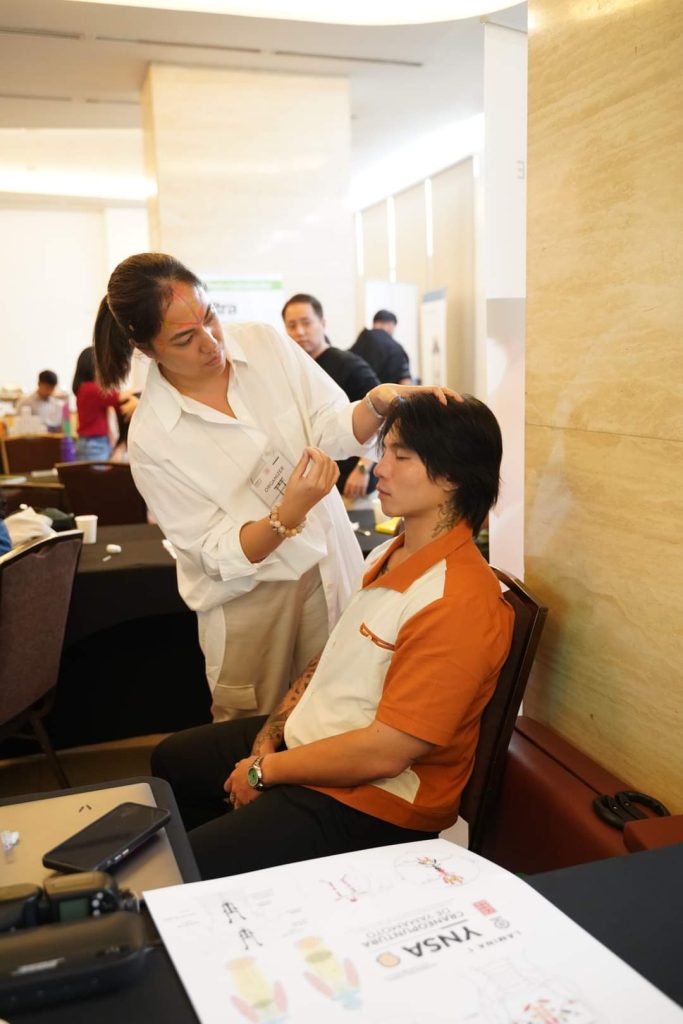
MASTER CLASS – YNSA ADVANCED COURSE
We are excited to announce that the advanced YNSA course is coming to Amsterdam! After successfully teaching this program in countries such as Mexico, Chile, Argentina, the Philippines, Switzerland, Spain, and France, Juan Hahn will share with you his unique approach that deepens the practice of Yamamoto’s Scalp Acupuncture.
This course is designed to introduce new “tools” that will exponentially enhance your therapeutic capabilities. It’s not simply about applying points or protocols; attendees will have the opportunity to develop creative and innovative strategies that will transform their approach to treating patients.
Read more >
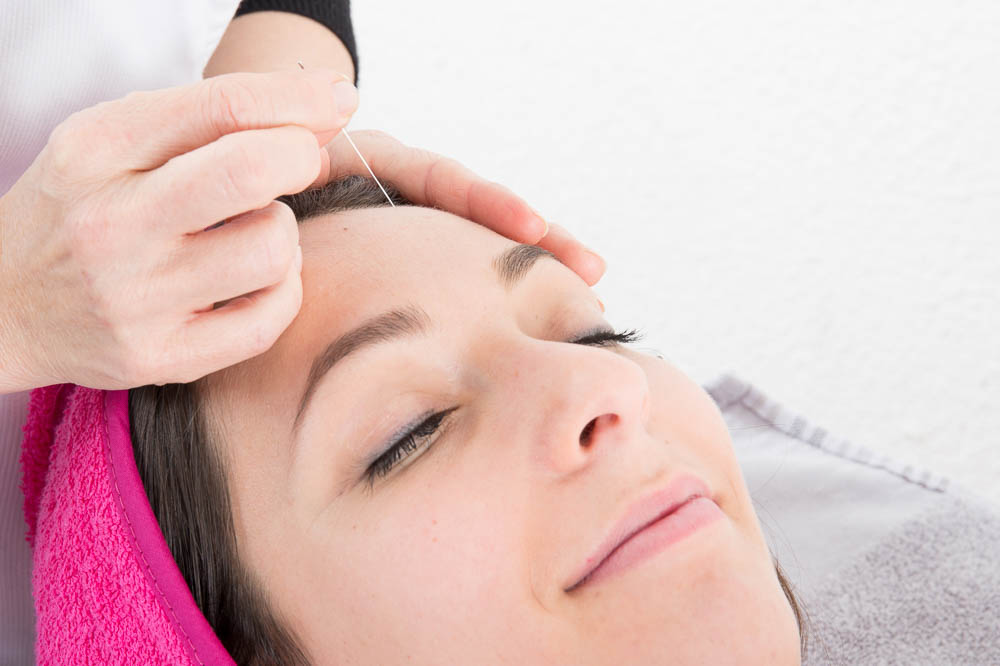
Cosmetic Acupuncture
This 2 day workshop will introduce you to the world of cosmetic acupuncture focusing on the theory and the practice.
Cosmetic acupuncture is a safe and interesting alternative to fillers and other popular, but invasive cosmetic treatments. It has TCM roots and uses a holistic approach to the topic of beauty.
The workshop is divided in two parts.The first day we will learn about the aging and regeneration processes of the skin from a Western medical point of view,including anatomical and physiological aspects explaining the function,aging and regeneration of the skin.
Read more >
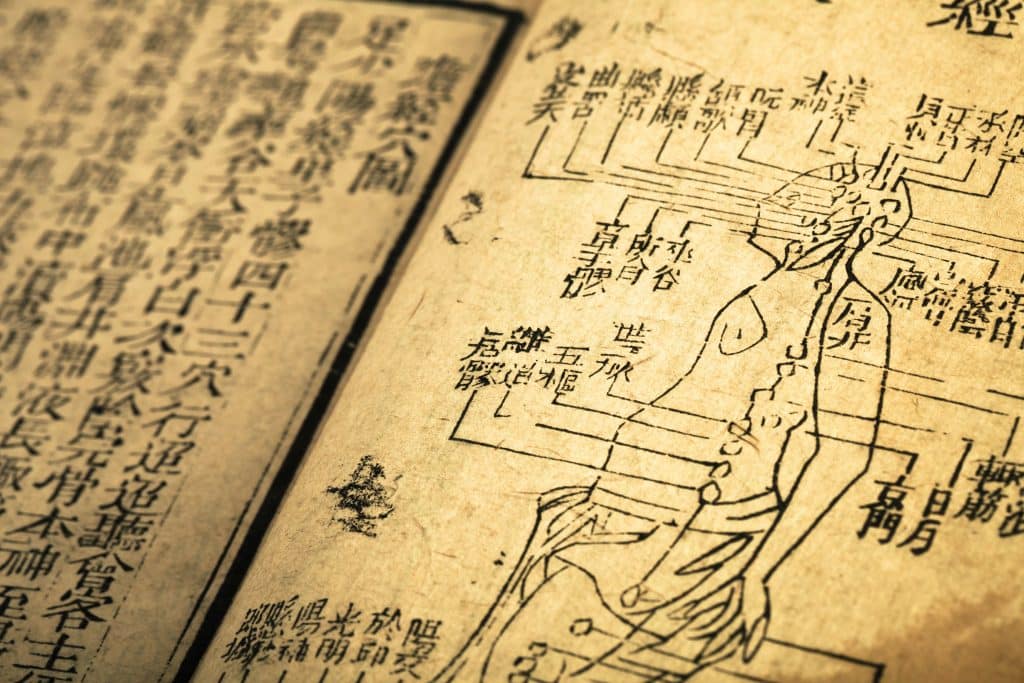
Syndrome Differentiation made Easy
Syndrome differentiation (Bian Zheng Lun Zhi), sometimes translated as pattern diagnosis, is the core of TCM practice.
In this seminar, Dr Shen, drawing on over 40 years of clinical and teaching experience, will explore the challenges of syndrome differentiation and work to simplify its complexity while clarifying common ambiguities.
Read more >
